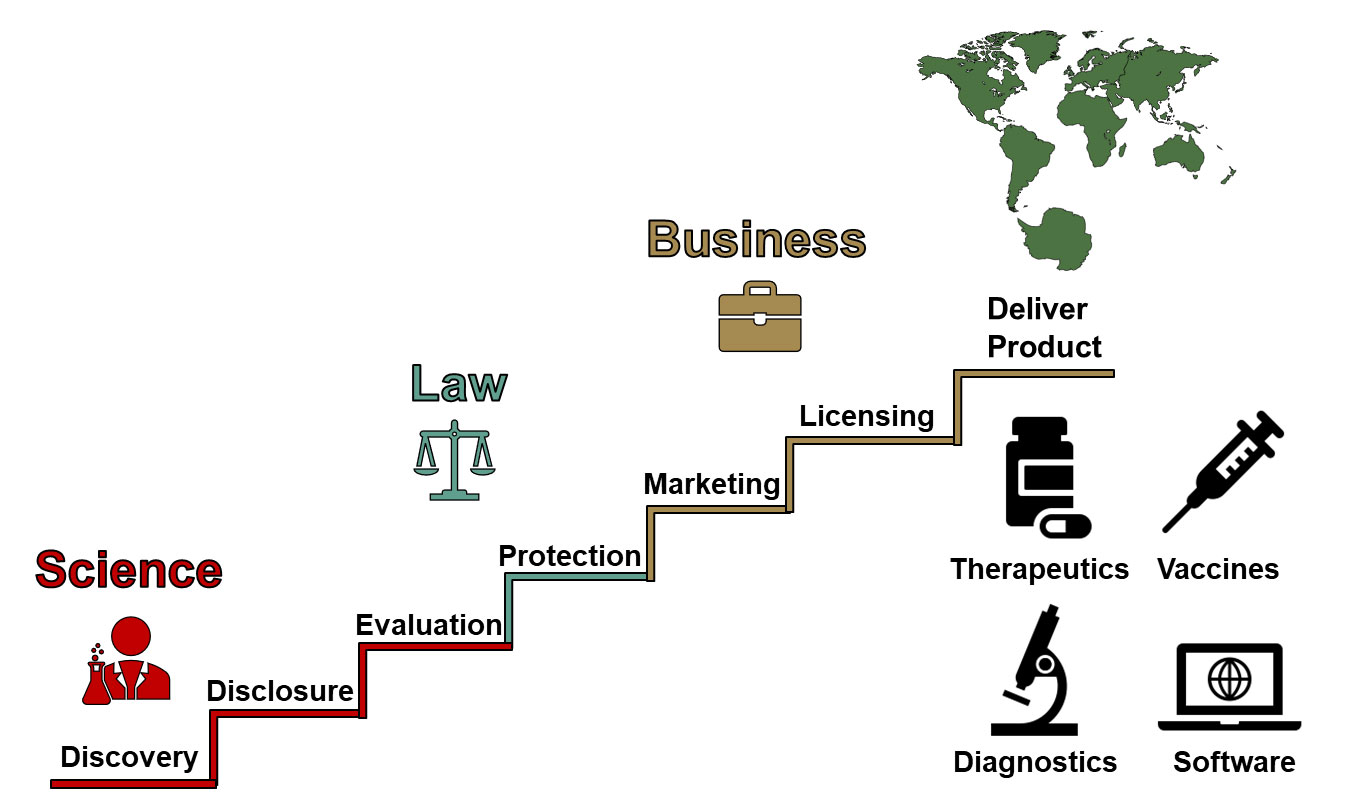Report on AI Adoption Challenges and Their Impact on Sustainable Development Goals
Executive Summary
The strategic implementation of Artificial Intelligence (AI) presents a significant opportunity to advance the United Nations Sustainable Development Goals (SDGs). However, organizations face considerable roadblocks that impede progress. The urgency to adopt AI is often counterbalanced by the risks of improper implementation, creating a tension that can stall initiatives critical to sustainable development. Successful AI integration is contingent not only on technological prowess but on establishing trust, organizational alignment, and operational readiness. This report outlines key impediments to AI adoption and analyzes their direct impact on achieving specific SDGs.
Analysis of Key Impediments to AI Adoption
-
Data Integrity as a Foundation for Sustainable Innovation (SDG 9 & 12)
The efficacy of AI is fundamentally dependent on the quality of underlying data and the integration of systems. These factors are critical for achieving goals related to sustainable industry and responsible production.
- Impact on SDG 12 (Responsible Consumption and Production): Fragmented systems and poor-quality, or “noisy,” data prevent AI from generating clear, actionable insights. This directly inhibits the optimization of supply chains, leading to resource inefficiency and waste, thereby undermining efforts to establish sustainable production patterns.
- Impact on SDG 9 (Industry, Innovation, and Infrastructure): The absence of an integrated data ecosystem results in disconnected AI tools that are difficult to scale. This limitation hinders the development of resilient, sustainable, and innovative infrastructure, a core target of SDG 9.
-
Fostering Decent Work and Inclusive Growth through Human-Centric AI (SDG 8)
Technological deployment must be accompanied by robust change management and workforce development to ensure that AI contributes positively to economic and social goals.
- Impact on SDG 8 (Decent Work and Economic Growth): The adoption of AI is not merely a technical challenge; it is a human one. Without adequate training, support, and a clear articulation of how AI complements human roles, adoption stalls. A human-centric approach is essential to ensure that AI enhances productivity and creates high-value roles, contributing to full, productive, and decent work for all.
-
Ensuring Accountable and Transparent Systems for Strong Institutions (SDG 16)
Trust is a primary barrier to AI adoption, particularly when its decision-making processes are opaque. Explainability is therefore a prerequisite for building the accountable systems envisioned by SDG 16.
- Impact on SDG 16 (Peace, Justice, and Strong Institutions): “Black box” AI systems, which do not reveal their internal logic, erode trust and accountability. The potential for generative AI to produce confident but inaccurate outputs (“hallucinations”) further complicates this. Achieving SDG 16 requires effective, accountable, and transparent institutions, which in the context of AI means implementing explainable systems where every recommendation can be audited and aligned with established logic.
- Models for Building Trust:
- Human-in-the-loop: Ensures direct human oversight and approval of AI recommendations, fostering accountability.
- Human-on-the-loop: Allows AI to operate with human monitoring, building institutional trust in automated workflows over time.
-
Upholding Governance and Security in Global Partnerships (SDG 16 & 17)
As AI systems become more interconnected, they introduce significant risks related to security, privacy, and compliance, which must be managed to support global sustainability efforts.
- Impact on SDG 17 (Partnerships for the Goals): The integration of external and partner data into AI platforms necessitates stringent governance to protect sensitive information. This is critical for building the trust required for effective global partnerships.
- Impact on SDG 16: Robust security and data privacy frameworks are foundational to building accountable institutions that can be trusted with sensitive corporate and personal data, particularly in cross-border collaborations.
-
Cultivating Strategic Alignment for Sustainable Industrialization (SDG 9 & 17)
The ultimate success of AI in driving sustainable outcomes depends on organizational culture and strategic alignment, which are necessary to translate technological potential into measurable impact.
- Impact on SDG 9 & 17: Technical integration alone is insufficient. Achieving sustainable industrialization (SDG 9) and fostering the multi-stakeholder partnerships needed to achieve the SDGs (SDG 17) require a culture of trust and clear executive alignment on the role and objectives of AI. Without this, even technically sound AI solutions will fail to deliver their potential contribution to global sustainability targets.
Analysis of Sustainable Development Goals (SDGs) in the Article
1. Which SDGs are addressed or connected to the issues highlighted in the article?
-
SDG 4: Quality Education
The article highlights the need for training and support for employees (planners) to adapt to new AI technologies. This connects to ensuring inclusive and equitable quality education and promoting lifelong learning opportunities for all, particularly in the context of upskilling for new technologies.
-
SDG 8: Decent Work and Economic Growth
The discussion on using AI to drive “measurable impact” and optimize Key Performance Indicators (KPIs) like cost and labor relates to achieving higher levels of economic productivity through technological upgrading and innovation. The human-centered approach ensures that technology complements human roles, contributing to decent work.
-
SDG 9: Industry, Innovation, and Infrastructure
This is the most central SDG. The article’s core theme is the adoption of AI (innovation) within organizations (industry) and the challenges related to data integration and systems (infrastructure). It directly addresses upgrading technological capabilities and building resilient infrastructure.
-
SDG 16: Peace, Justice, and Strong Institutions
The emphasis on “trust,” “governance,” “security,” “privacy,” “compliance,” and “explainability” in AI systems relates to building effective, accountable, and transparent institutions. The article points out that for AI to be successful, its processes must be auditable and aligned with organizational logic, reflecting the principles of this goal at a corporate level.
2. What specific targets under those SDGs can be identified based on the article’s content?
-
SDG 4: Quality Education
- Target 4.4: “By 2030, substantially increase the number of youth and adults who have relevant skills, including technical and vocational skills, for employment, decent jobs and entrepreneurship.” The article directly supports this by stating, “Planners need training, support, and a clear understanding of how AI complements existing workflows.”
-
SDG 8: Decent Work and Economic Growth
- Target 8.2: “Achieve higher levels of economic productivity through diversification, technological upgrading and innovation…” The article’s focus on using AI to achieve “measurable impact” and “optimization” directly aligns with this target of leveraging technology for productivity gains.
-
SDG 9: Industry, Innovation, and Infrastructure
- Target 9.4: “By 2030, upgrade infrastructure and retrofit industries to make them sustainable, with increased resource-use efficiency and greater adoption of clean and environmentally sound technologies and industrial processes…” The article discusses the “adoption” of AI to improve optimization, which is a form of technological upgrade for industries.
- Target 9.5: “Enhance scientific research, upgrade the technological capabilities of industrial sectors in all countries… and encouraging innovation…” The entire article is about overcoming barriers to adopting advanced AI technology, which is a core component of upgrading technological capabilities and fostering innovation within industries.
-
SDG 16: Peace, Justice, and Strong Institutions
- Target 16.6: “Develop effective, accountable and transparent institutions at all levels.” The article’s call for “explainability,” “governance,” “compliance,” and “audited” AI recommendations directly reflects the need for transparent and accountable processes within organizations (institutions).
3. Are there any indicators mentioned or implied in the article that can be used to measure progress towards the identified targets?
-
For SDG 4 (Target 4.4)
- Indicator (Implied): Percentage of employees receiving training on new AI systems. The article emphasizes that “Planners need training, support,” implying that the provision of such training is a measurable action.
- Indicator (Implied): Level of team readiness and user acceptance. The article identifies “team readiness” as a key factor for successful adoption, which can be measured through surveys and performance metrics.
-
For SDG 8 (Target 8.2)
- Indicator (Implied): Improvement in Key Performance Indicators (KPIs). The article explicitly mentions that AI’s value is in evaluating “trade-offs between KPIs, such as cost, labor, and service,” making these KPIs direct measures of productivity impact.
-
For SDG 9 (Targets 9.4 & 9.5)
- Indicator (Implied): Rate of AI adoption within business processes. The article is centered on “AI adoption” and its roadblocks, making the rate of successful integration a key progress metric.
- Indicator (Implied): Degree of data and system integration. Progress can be measured by the reduction of “siloed data and fragmented systems,” which the article identifies as a “major blocker.”
-
For SDG 16 (Target 16.6)
- Indicator (Implied): Level of user trust in AI recommendations. “Trust remains a critical barrier,” so measuring the growth of trust (e.g., moving from “human-in-the-loop” to “human-on-the-loop”) is a key indicator.
- Indicator (Implied): Degree of AI explainability and auditability. The article states that “explainability is essential” and that every recommendation must be “traced, audited, and aligned,” which can be measured by the transparency features of the AI system.
- Indicator (Implied): Establishment of governance and compliance frameworks. The need to address “security, privacy, and compliance risks” implies that the creation and implementation of these frameworks is a measurable outcome.
4. Summary Table of SDGs, Targets, and Indicators
| SDGs | Targets | Indicators (Identified from the Article) |
|---|---|---|
| SDG 4: Quality Education | 4.4: Increase the number of adults with relevant technical skills for employment. |
|
| SDG 8: Decent Work and Economic Growth | 8.2: Achieve higher levels of economic productivity through technological upgrading and innovation. |
|
| SDG 9: Industry, Innovation, and Infrastructure | 9.4 & 9.5: Upgrade infrastructure and industries through greater adoption of technology and enhance innovation. |
|
| SDG 16: Peace, Justice, and Strong Institutions | 16.6: Develop effective, accountable, and transparent institutions. |
|
Source: kinaxis.com







